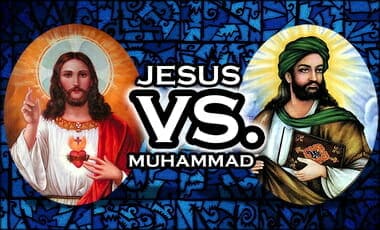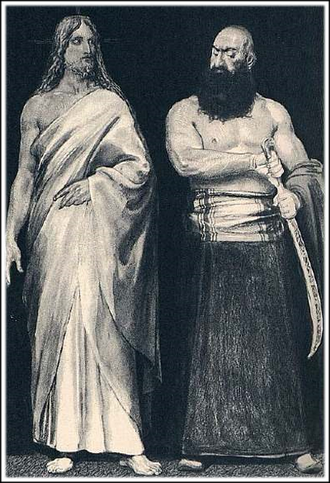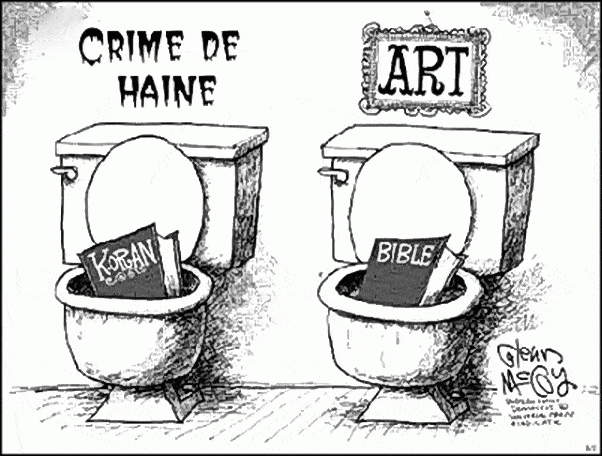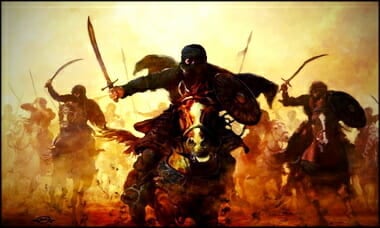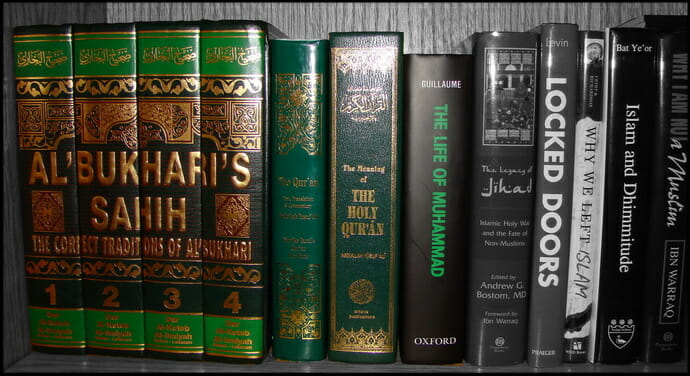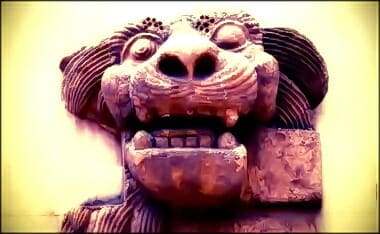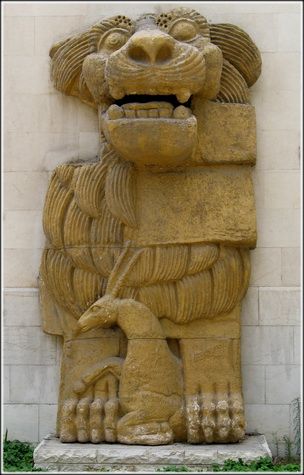Murder – Homosexual vs. Heterosexual[1]
…Witness the wall-to-wall coverage generated by the murder of Matthew Shepard, the young Wyoming man who was lured from a Laramie bar by two thugs in the fall of 1998, beaten unconscious and left to die, tied to a fence post in sub-freezing temperatures. The implicit assumption of the coverage was that Shepard had fallen victim to the often invisible but always sinister homophobia embedded deeply in American society, a pathology that could be cured only by hate-crimes legislation. On the eve of the killers’ trial, Frank Rich wrote in the New York Times: “What remains as certain now as on October 22, the day Matthew Shepard died, is that this murder happened against the backdrop of a campaign in which the far right[2], abetted by political leaders like Trent Lott, was demonizing gay people as sick and sinful.”
Given the avalanche of press it received, there are probably grounds to wonder whether the Shepard case might have been over-covered, although the gruesomeness of the murder and the hate that drove it certainly raised it to the level of an important national story. But when homosexuals are the perpetrators of violence instead of the victims, the sense of moral urgency seems to vanish. This is particularly true when the violence touches on the explosive issue of gay pedophilia.[3] A case in point is the 1999 murder of a thirteen-year-old Arkansas boy named Jesse Dirkhising and the 2001 trial of the two gay neighbors who killed him.
According to prosecutors at the trial, the two men had become friendly with the boy and his mother, their next-door neighbors, and one day invited Jesse over to their house. During the afternoon, they drugged Jesse, tied him to a bed, shoved his underwear into his mouth to gag him, and added duct tape to ensure his silence. As one man stood watching in a doorway and masturbated, the other raped the boy for hours using a variety of foreign objects, including food. The two men then left the boy in such a position on the bed that he slowly suffocated to death.
A Nexis search revealed that in the first month after the Shepard murder, the media did 3007 stories about the killing. And when the case finally went to trial in the fall of 1999, it was all over the broadcast news, received front-page coverage in all major newspapers, and was featured on the cover of Time magazine. (In all, the New York Times ran 195 stories about the case.)
In the month after the Dirkhising murder, however, Nexis recorded only 46 stories. The New York Times, the Los Angeles Times, CNN, ABC, CBS, and NBC ignored the story altogether and continued to do so through the March 2001 trial of one of the murderers, which resulted in a conviction. (The other assailant later pled guilty.) The Washington Post ran but one tiny AP [Associated Press] item about the case, along with an unusual ombudsman’s[4] defensive explanation of the paper’s decision not to cover the case.
… Writing for the New Republic, gay journalist Andrew Sullivan had some insight into why there was such disparity between the Shepard case and that of Jesse Dirkhising, and why the press found the latter so difficult to handle. The answer was politics, Sullivan wrote:
“The Shepard case was hyped for political reasons: to build support for inclusion of homosexuals in a federal hate-crimes law. The Dirkhising case was ignored for political reasons: squeamishness about reporting a story that could feed anti-gay prejudice, and the lack of any pending interest-group legislation to hang a story on…. Some deaths – if they affect a politically protected class – are worth more than others. Other deaths, those that do not fit a politically correct profile, are left to oblivion.”
Can Minorities Commit “Hate-Crimes?”[5]
Refusal to acknowledge the reality of anti-white racism is particularly evident in coverage of black-on-white crime. According to some survey’s, in the 1990s blacks were at least three times more likely to commit hate crimes against whites than the other way around. Yet in case after case, media coverage either refuses to acknowledge the racial subtext of such crimes, or fails to subject them to the same scrutiny used when the racial roles are reversed. This is so even in cases where the racial motivation is clear-cut, as in the 1994 case when a gang of black teenage muggers confessed to police that it had intentionally limited its violent attacks in a Brooklyn housing project to elderly whites. Police reports had one culprit admitting, “We made an agreement not to rob black woman. We would only take white woman. It was a pact we all made. Only white people.” Yet such details did not find their way into the stories run by the New York Times. The same omission occurred in coverage of other black-on-white attacks, even when the assailants were heard calling their victims “white bitch,” “white ho” (whore) and “white KKK bitch,” as they were in an April 1997 attack on a white matron by a gang of New York City high school girls on a bus.
[….]
Another recent illustration of the media’s tendency to sidestep uncomfortable realities of black racism involved the case of Ronald Taylor, a thirty-nine-year-old black Pennsylvania man who killed three people and wounded tow others, all white, in March of 2000. According to authorities, Taylor had grown enraged when managers at his Wilksburg, Pennsylvania, housing project sent white maintenance workers to fix something in his apartment. He shot the two maintenance workers, killing one. Then he set his apartment on fire and walked to a Burger King a mile away, where he shot another white person before going across the street and shooting three others at a McDonalds. After that, Taylor stormed a building used as a senior citizen and children’s day care center, taking hostages before finally surrendering.
It would not take much digging to find a racist antipathy to whites in the background of Taylor’s rampage. According to the Associated Press, which quoted the surviving maintenance worker, Taylor shouted, “You’re all white trash racist pigs. You’re dead.” Other published reports the day after the shootings had him barging into the home of a friend, saying, “I’m not gonna kill any black people. I’m gonna kill white people.”
[….]
After finding racist and anti-Semitic literature in his home, the FBI finally labeled Taylor’s actions a hate crime, which forced the media to report it as such. To some, the lag was odd. As a writer for the webzine salon.com put it: “What took so long? Why did the media, which normally promote not only the of hate crimes but of hate crime legislation, have to wait for the FBI to make this designation?”
To “Digress”[6]
The double standard slaps you in the face.
Wilkinsburg, Pennsylvania. Ronald Taylor, a black man, allegedly guns down five whites, killing three. What followed became a textbook case on how contemporary American journalism deals with race. The suspect’s motive could not have been more clear. A black neighbor quoted Taylor as saying, “I’m gonna kill all white people.”
A white maintenance man described Taylor as disruptive ever since moving into the apartment building, “Whenever he saw me, he’d call me a racist pig, or white trash, or he’d make a point of walking past me and brushing up against me. He just didn’t like me.” Yet the media leaned over backwards to avoid any appearance of racism. News anchors cautioned that we don’t know whether Taylor’s alleged hatred against whites was the “primary” or “sole” reason for the shootings. Pardon me. When did they add that requirement?
The Hate Crimes Sentencing Enhancement Act defines hate crime as: “crime in which the defendant intentionally selects a victim, or in the case of a property crime, the property that is the object of the crime, because of the actual or perceived race, color, religion, national origin, ethnicity, gender, disability, or sexual orientation of any person.” No mention of hatred as a “sole” or “primary” motive. Even the police issued mild, tentative statements about whether they considered Taylor’s actions a hate crime. “There’s a lot of hostility in this individual,” said Wilkinsburg Police Chief Gerald Brewer, “so I think it’s a little premature to simply define this as a racist event.” A little premature?
In August, 1999, white supremacist Buford Furrow gunned down several people at a Jewish Community Center in Los Angeles, and shot and killed a Filipino letter carrier. In the three days following the shooting, over 150 newspapers wrote nearly 200 articles about the slaughter.
On November 11, 1999, in Kansas City, an Ethiopian man shot and killed two co-workers and wounded a third person. All the victims were white. The Ethiopian shooter, who also shot and killed himself, left a letter referring to “blood sucker” whites. To date, how many newspapers carried a story about this apparent race-based shooting? Eleven.
The killing of Wyoming gay student Matthew Shepherd brought screaming headlines and around-the-clock coverage. So did the dragging and killing of black Texan James Byrd.
Jesse Jackson parachutes into Decatur, Illinois, turning the expulsion of seven high school kids into a referendum on race. Meanwhile, in Missouri, a carjacker steals a car. He tries to push out a seat belt-strapped child, and drives at high speeds, with the boy bouncing to his death along the highway. In Michigan, a six-year-old girl is shot and killed by a six-year-old boy. In these cases, the media informs us much, much later that the bad guys are black. Were it the other way around, how long before Al Sharpton holds a press conference, a somber Kweisi Mfume of the NAACP by his side?
Atlanta Braves relief pitcher John Rocker shoots his mouth off to Sports Illustrated, and everyone from Jesse Jackson to Jesse James piles on. But the same gang seemed strangely AWOL in the case of Wilkinsburg, Pennsylvania. Where’s the somber gathering of the “black leadership” demanding that Congress pass enhanced hate crime legislation? Where’s the speech by President Clinton asking some blacks to cope with their pronounced and mostly unwarranted anti-white bias?
The double standard simply astonishes. George W. Bush must apologize for speaking at Bob Jones University, given the institution’s anti-Catholic statements and policy against inter-racial dating. And on the question of the Confederate flag, the media filed story after story on the Republicans’ response.
Yet the media allows Al Gore’s black female campaign manager, Donna Brazile, to derisively refer to the Republicans as the “party of the white boys,” while suggesting black Republicans J.C. Watts and Colin Powell are Uncle Toms.
The media sits as both Al Gore and Hillary Rodham-Clinton trek to Harlem and kiss the ring of Reverend Al Sharpton, a David Duke in blackface. Nevermind that Sharpton falsely accused a prosecutor of rape. Nevermind that Sharpton turned a dispute between a black tenant and a Jewish landlord into a racial riff. Stirred up by Sharpton’s rantings, a black man set fire to the building in dispute, and then shot and killed several minorities before turning the gun on himself. Nice work, Reverend.
Sooner or later, the mainstream media and the white-man-done-me-wrong black leadership must face the facts. Black/white interracial crime is almost entirely committed by blacks against whites. By ignoring this, and holding black criminals to a different standard, the media heightens tension and divisiveness.
[1] Coloring the News: How Crusading for Diversity Has Corrupted American Journalism, William McGowan. Encounter Books; San Francisco: CA (2001), pp. 99-100
[2] Side-note: You rarely hear – if at all –the phrase “far-left,” but you do hear “far-right;” or, you never hear “religious-left,” but always “religious-right;” we hear “hard-line-conservative,” but never “hard-line-liberal.” For instance, over a period of ten years, the Los Angeles Times used the term “hard-line-conservative” 71 times. What about “hard-line-liberal?” Surely such a person exists (Jane Fonda, Ted Kennedy, Barney Frank, Maxine Waters, etc.). Over the same period of time the Los Angeles Times used the phrase “hard-line-liberal” twice. A Lexis Nexis search of the New York Times archives shows there are 109 items using the phrase “far right wing,” but only 18 items using “far left wing.”
[3] Side-note: Pedophiles seek out positions of authority and seclusion over their victims. The relaxation of tough moral consensus on these issues (mainly due to the sexual-liberation movement of the 60’s and 70’s), have made institutions impotent (for lack of a better word) in forcefully dealing with this issue. This is why the Catholic Church and Hare Krishna’s, as well as other institutions, are having trouble currently for crimes committed during the 60’s and 70’s. The boy-scouts for example have an unofficial saying, “sodomy will not happen if you refuse to allow sodomites in.” In our politically correct (“diverse”) culture though, this has been a tough road to travel for the Boy-Scouts. And the “diverse” journalism merely fuels the fire.
[4] A person who investigates and attempts to resolve complaints and problems, as between employees and an employer or between students and a university, or in this case, between readers and the paper.
[5] Coloring the News: How Crusading for Diversity Has Corrupted American Journalism, William McGowan. Encounter Books; San Francisco: CA (2001), pp. 59-60, 67-68
[6] By this I mean I am including an outside article with this Summer Reading Session. “When the Bad Guy is Black” – by Larry Elder (black writer and radio commentator), found at FREE REPUBLIC: and JEWISH WORLD REVIEW: “When the Bad Guy is Black”

